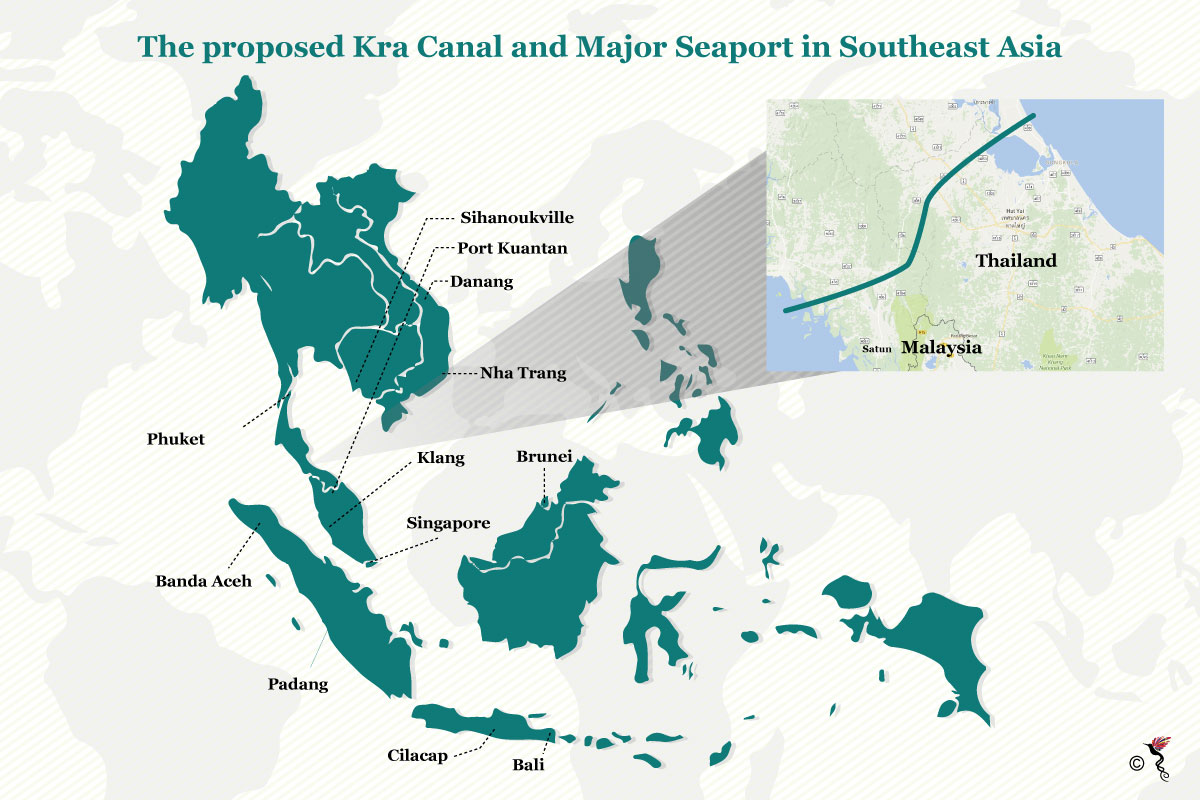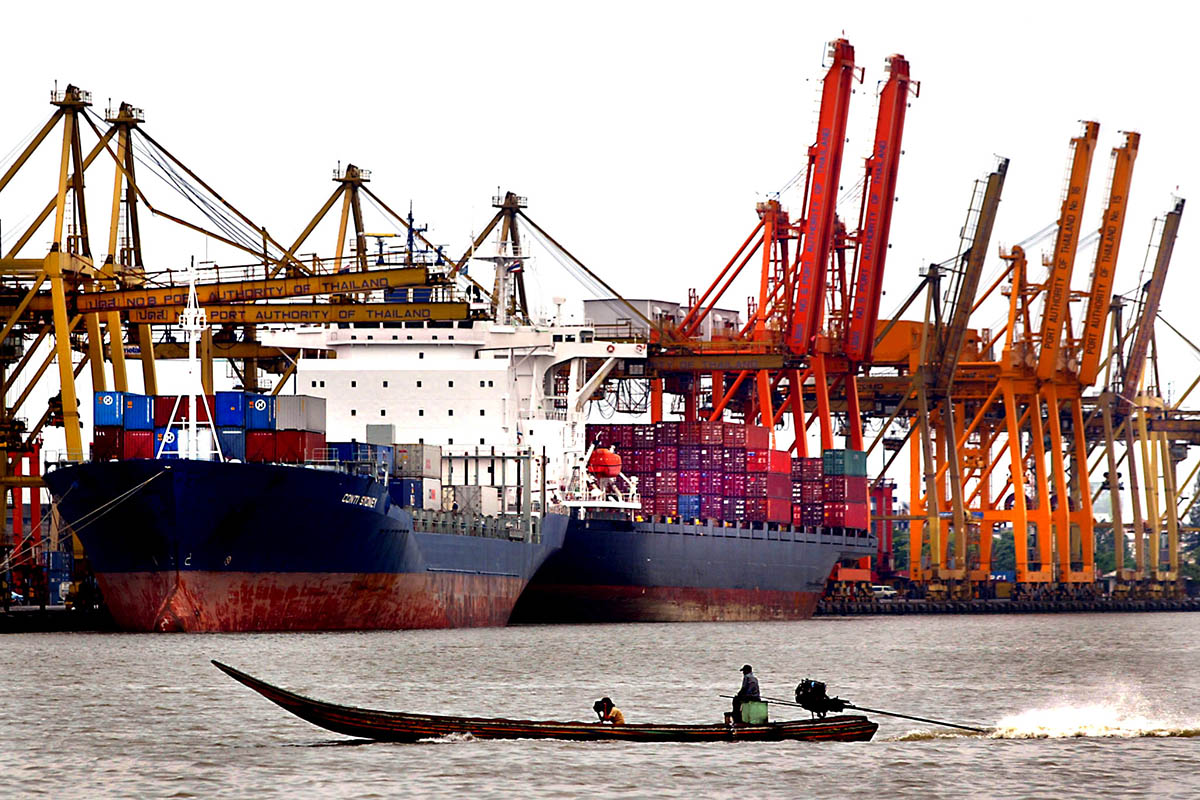“The return on investment is not attractive enough to go ahead with the plan. International canals like Panama and Suez have been effective because they are essential to trade, cutting off weeks and months of travel," Damrong Kraikruan, Ambassador of Thailand to Malaysia, said in a special media briefing held in Kuala Lumpur.
“The most Kra Canal would save shippers is only a few days. Another factor to consider is would west-going ships use it or will they go down to Singapore? Singapore has been there a long time, and we cannot offer the same level of logistics, deep sea bunkering, shipping, banking and finance services it does," he added.
What is Kra Canal?
The Kra Canal – also known as the Kra Isthmus Canal or the Thai Canal – is a proposed canal spanning 102 kilometres which would connect the Gulf of Thailand with the Andaman Sea. It would serve as an alternative to the current maritime trade route that passes through Singapore and the Straits of Malacca.
According to the Sydney Morning Herald, the Kra Canal – seen as an equivalent to the Panama or Suez canals – would save 12,000 kilometres, or two to three days of sailing time. It also reported that a total of 84,000 ships passed through the Straits of Malacca in 2016, which was close to its maximum capacity.

The proposed Kra Canal and major seaports in Southeast Asia.
Earlier this month, the Bangkok Post reported that a group of influential figures and businessmen with Chinese ties backed an economic feasibility study for the Kra Canal. Many of them including academics from the King Mongkut's Institute of Technology Ladkrabang and the secretary-general to the Gen Prem Tinsulanonda Statesman's Foundation, also attended the "International Conference on the Thai Canal" in Bangkok on September 11, 2017 to show their support for the study.
However, the Thai Ambassador to Malaysia said that the canal is not feasible. “Moreover, sea-going vessels are getting larger and larger. Can we dig a canal wider than 20km on the peninsula and how much will it cost us? If Kra Canal is too narrow at less than 20km, can we compete with Singapore?” Damrong said.
Impact on Southeast Asia
Nonetheless, if the project goes ahead as planned, it will be a huge drain on Thailand, in terms of resources and financing. Okan Duru, a council member of the International Association of Maritime Economists, shared the same sentiment when reached for a comment via email. "Kra Canal project is not something like Suez Canal or Panama Canal. In case of Suez or Panama, there is only a short distance pathway needs to be redesigned for navigational purpose. In Panama Canal, there are some extra locks (pools) to lift and release ships to/from the lake between Atlantic and Pacific ocean. Kra Canal is located at the middle of a huge land area. There is no lake or river to make it somewhat feasible. Technically, Kra Canal is very extraordinary project. It is similar to Nicaragua Canal project. It needs a huge budget, extraordinary engineering and so long time to bring it to life. From various perspectives, it is still way behind the reality," Okan replied.
"Assuming this extraordinary case somehow happened and Kra Canal is operative, cost of building will require high canal fees to make this investment feasible. This kind of canal will probably not allow big ships. Kra Canal does not save a significant amount of distance for mainstream maritime traffic. It is around 2-3 days of navigation distance. Average cost of 2-3 days may be around e.g. 20,000-30,000 dollars. Canal fees at Suez Canal (much shorter, already mature, already paid back its initial investment, much simple engineering) is around 200,000 dollars per ship," he explained.
He added that "even some Dry Bulk Carriers navigating from North America to Southeast Asia or East Asia may prefer the route through Cape of Good Hope since it is much costly to pass Suez Canal."
In a separate development, Singapore is relocating its existing port to the Tuas mega port which is expected to handle up to 65 million standard containers of cargo a year – more than double what the existing port handled in 2017.
